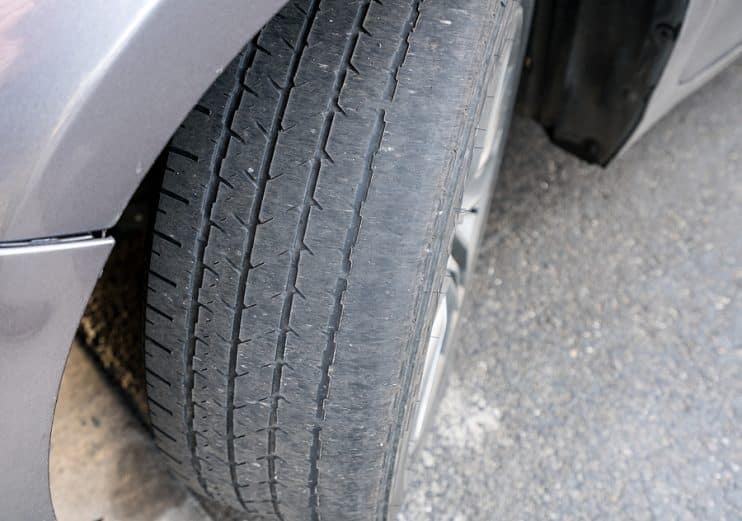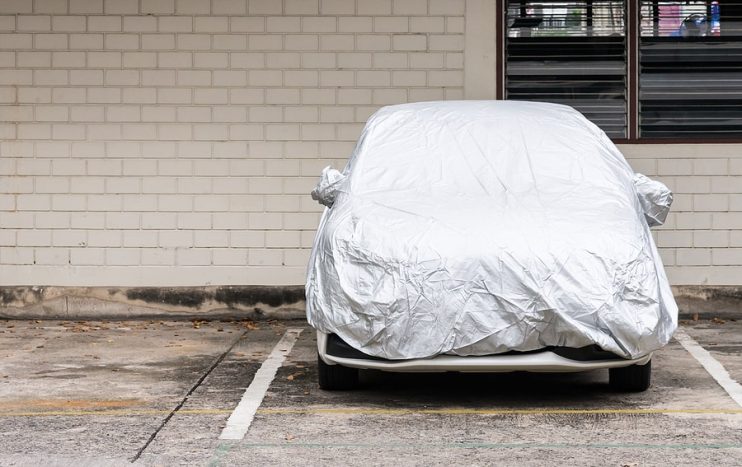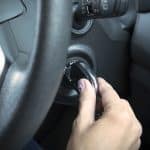
The winter is hard on all of us. Reduced energy. Less happiness. And of course you may find you’re using your car less frequently than in the warm months. If you’re considering putting it into storage, then you’ll need to do it properly to avoid issues with fuel, batteries and even paintwork, and this is especially true in winter when snow can damage the car.
So whether your ride is a convenient car or a collectable classic, use the following tips to keep it fresh over the colder months, when it’s not being used…
Table of contents:
- You got it covered
- Deep cleaning – keeps fresh
- Tyre health and pressure
- Fluids – intakes and changes
- Preserve your battery’s health and charge
- Don’t damage the handbrake
- Avoid the rust
- Safe and secure
- Storage tips
- And finally
You got it covered…
Don’t worry if your house doesn’t have a garage. Simply purchase a good weatherproof car cover that gives your car a shield from the cold weather. They’re also good at keeping your vehicle cool in the summer. Remember that if you are putting your car in storage, then a breathable cover will prevent moisture build up. Or if you’re going for the outside option, then make sure the cover is weatherproof and has secure fastenings (such as ties) that will keep it secure in the blustery winter weather.
And remember, soft stretch covers will not damage your paint work, whereas a cheaper option, such as a tarpaulin, could easily leave scratches that detract from the sell on value of your car.
Deep cleaning – keeps fresh
If you’re not using the car, then why bother giving it a scrub? Car paint is not as robust as you think it might be. Substances like salt, sand, bird droppings or even plain old water, can cause the paint work to mark or even degrade. Apply a wax covering to the outside, to keep it protected during the winter months, and spruce up the soft top to prevent mould and damage occurring.
Don’t only focus on the outside either. Dirt on the seats can easily become embedded causing stains if left uncleaned. This can even mark the seats with the dread green penicillin type mould.
Remember that dirt will damage your car, and embedded dirt will cost more to clean at the valets than fresh dirt, that can be removed with a simple wipe.

Tyre health and pressure
Tyres lose pressure over time, especially when it’s cold. When you put your car in storage, inflate your tyres to max pressure (find this value in the owner’s manual). And if you want to be really on the ball with keeping your tyres fresh, then you may want to consider jacking up your car, or putting it on blocks to relieve the pressure.
Fluids – intakes and changes
Want to leave your car in storage for over a month? Then take a look at the fluids. Get an oil change before you put it in storage as dirt and contaminants in the oil could easily damage your car’s engine and parts that it’s supposed to lubricate. And this is also a perfect time to do the rounds, and change your oil filter and air filter. Also consider filling up your coolant and water tanks.
Stop moisture from entering into the fuel tank and associated systems, by filling up your tank to the max. This will also help avoid the seals drying out. Make sure you use the right fuel at the pumps. And if you’re putting it in storage for several months, then consider using a fuel preservative to stop corrosion in the petrol tank and fuel lines, which will also help prevent the build-up of ethanol in the system too.
Finally it’s also a good idea whilst you’re doing the rounds to check the brake fluid reservoir too and if necessary top up.
Preserve your battery’s health and charge
Again, if you’re leaving the car in storage or under cover for a number of months then the battery could take a bit of punishment, as even though they’re quite a tough part, they don’t like the cold and could corrode and lose charge over time. Consider removing the part altogether, and storing it on a clean and dry surface, well away from the cold fingers of the winter months.
Alternatively, get behind the wheel, and drive the vehicle around for about 15 minutes (or 10 miles) to activate the alternator, and revive the battery’s charge. Doing this not only ensures that the battery maintains charge, but also lubricates the engine too – as the oil pump will get the oil moving again.
Additionally, you can invest in a smart charger or a trickle charger to keep the battery charged over time. Cover the electrodes with Vaseline and leave it attached to a trickle charge to keep the current topped up.
Don’t damage the handbrake
Leaving the handbrake engaged for long periods of time can be damaging to the mechanism. There’s a chance that the brake pads could fuse to the discs. Instead of leaving the handbrake engaged, leave your vehicle on a flat surface, keep it in gear and put chocks under the wheels to prevent movement.

Avoid the rust
Moisture can attack the unprotected surfaces on your car, so coat them with WD40 to prevent rust. However make sure that this fluid does not come into contact with belts, hoses or brake surfaces as it may cause damage.
Safe and Secure
It may seem obvious, but make sure that all the windows are tightly shut and check the doors, boot and bonnet are all locked. Don’t leave any valuables in the car, especially if you’re using public storage and tuck away any important paperwork in the glove box. As storage units are not immune to break-ins, then make sure your vehicle is less attractive to criminals with a handbrake or steering lock or a dash mounted sentry device.
Storage Tips
When you’re putting your car into storage, it’s a good idea to take care of the little details. Put up the windscreen wipers, remove the aerial or at least push it back into its seating if it’s retractable, and plug the exhaust to prevent small rodents or birds from making it into their home. Whilst the jury is out on whether or not you should periodically start your car, we don’t think it can do any harm, but obviously make sure you’re not belching out exhaust fumes in a confined area, and give the engine a minute or two to warm up before driving if has been left for a long period of time.
And Finally
If you’re thinking of putting your car off the road for a long time, then you may want to forgo costs like road tax and insurance and cut down on your costs. In this instance you’ll need to register your car as a SORN (Statutory Off Road Notice) before the tax runs out to avoid fines.













.png)